
Gavin Foster
@thefosterlab
Palaeoclimatologist and isotope geochemist at the University of Southampton. Tweets about climate science, geology, and politics. Views my own
ID: 3879304395
http://www.thefosterlab.org 06-10-2015 09:37:59
16,16K Tweet
4,4K Takipçi
828 Takip Edilen
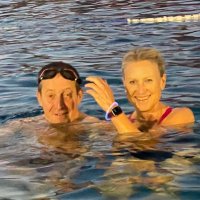


The stage has been set for our next GGRiP meeting! Birmingham, 8-10th April 2025. #geochemistry #conference Uni of Birmingham



New paper led by Dan Lunt (Dan Lunt) in Communications Earth & Environment that highlights the benefits of using the paleoclimate record in the model development and evaluation cycle, in particular for screening models with too-high or too-low climate sensitivity.(tinyurl.com/yz798rbh)
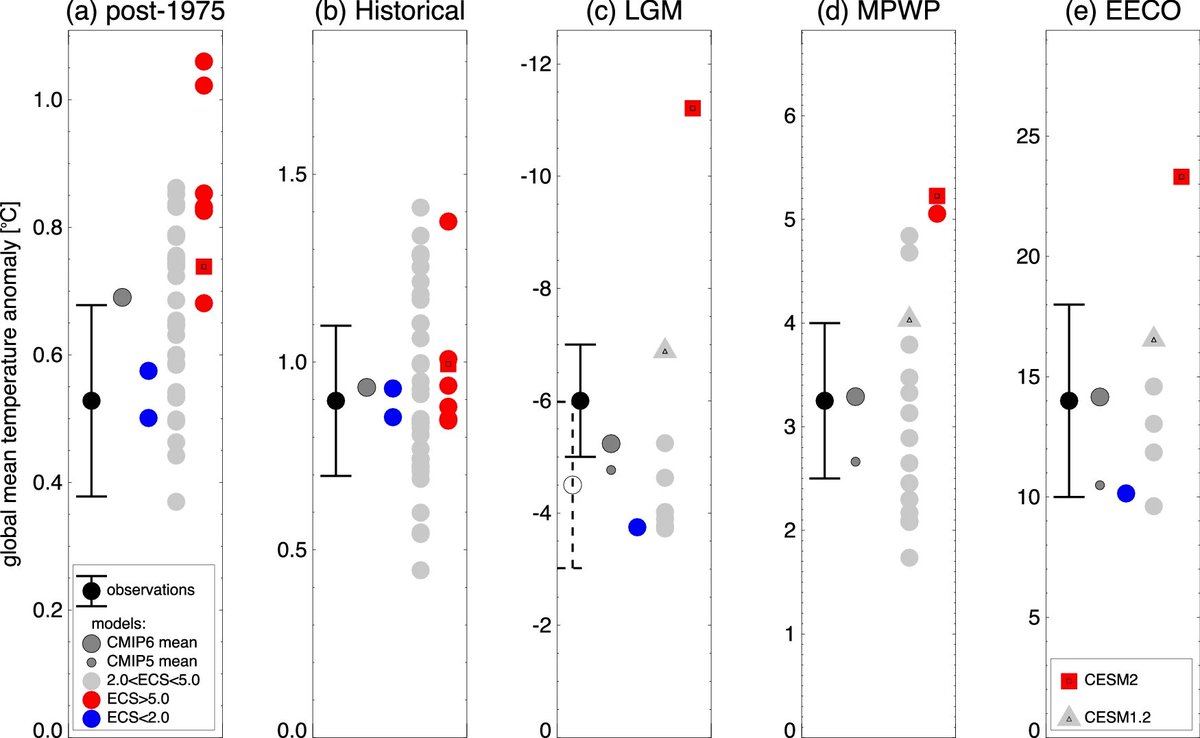

Our latest work in @nature proposing a new theory to explain the origin & association of great escarpments and enigmatic plateaus in continental interiors. In collaboration with Sascha Brune, Derek Keir, Alice Cunningham et al. University of Southampton OceanEarthUniSoton rdcu.be/dQg69


Humbling to read such favourable commentary on our latest @nature paper in today's Science Magazine, written by the remarkably talented Hannah Richter: Waves rippling under continents could explain mysterious plateaus around the world | Science | AAAS science.org/content/articl…
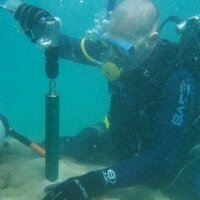

Fascinating new research by our OceanEarthUniSoton colleagues explains some of Earth's greatest topographic features - Great Escarpments. The discovery is getting some good media attention today, including this brilliant piece in BBC Science Focus Magazine >> sciencefocus.com/news/mysteriou…
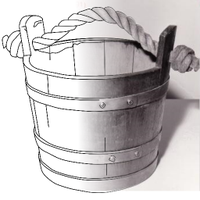

No, not 💯 Elon. In the U.K. they’re not going round ‘finding people who’ve said something they disagree with and putting them in a f—king cage.’ Some people are being charged for inciting racial hatred and for organising acts of violence. It’s very specific, and it’s the law in

Bioturbation on the map - delighted to see a nice accessible summary of our work by Dr Alison Cribb in Current Biology, read here: doi.org/10.1016/j.cub.…. We are working on a follow up, watch this space! In (A) bioturbation intensity, in (B) the mixed depth.



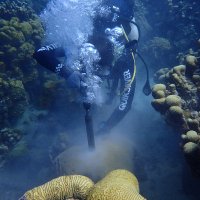
🌊 🚨 After many years our study on the longest continuous coral Sr/Ca-temperature record it is finally out in Science Advances! | Science Advances Collab w/ Jens Zinke Prof. Matt England Ariaan Purich and others science.org/doi/10.1126/sc…






